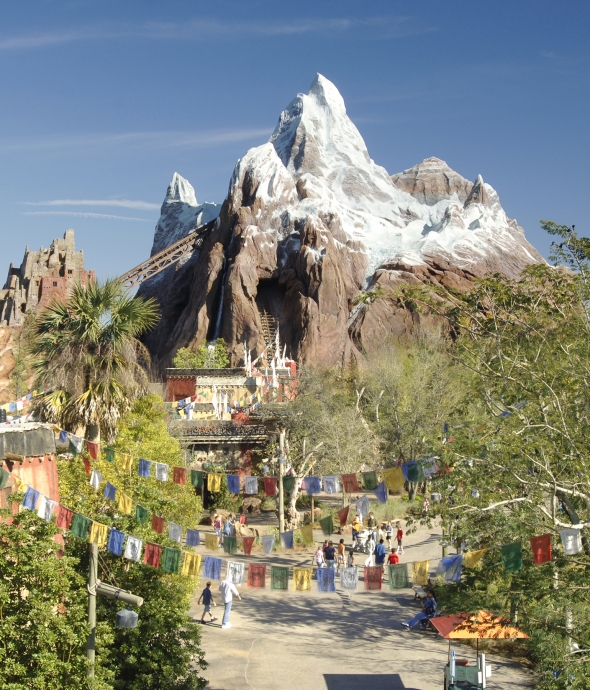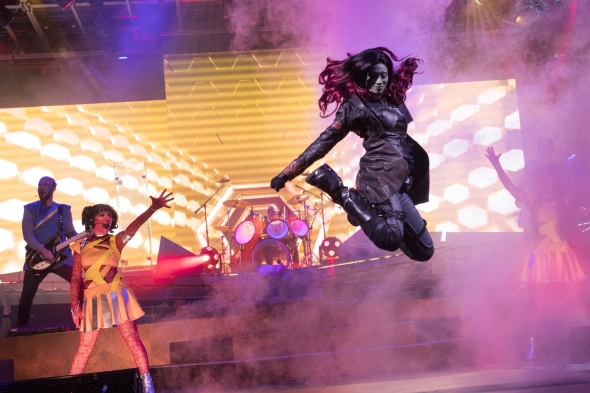
One of the Walt Disney World’s greatest strengths has always been the power of nostalgia-- a timeless wonder that has transcended generations. How many of us, when we think of Walt Disney World, think straight back to fond childhood memories or our first visit? We may remember the sweet bliss of a rice cream or a Mickey Mouse ice cream bar under the hot Florida sun. Perhaps we recall the familiar sound of the monorail rolling in or our emotions stir at the sound of the Main Street Electrical Parade song. We can still smell the scent of cinnamon rolls and caramel apples on Main Street or recall the feel of the steering wheel the first time we drove on the Tomorrowland Speedway.
Despite the timeless magic of Walt Disney World, change is inevitable, and it has come in droves over the past twenty years. While some of these shifts were expected, like park expansions and the arrival of new attractions, others have been complete surprises, like Disney’s game-changing purchases of both Marvel and Star Wars. Some of the changes have been good, breathing fresh life into the Most Magical Place on Earth, while others have forced us to say goodbye to some of those childhood memories.
How has Walt Disney World changed the last twenty years? Let’s count the ways…
1. Explosive growth in size and spaces
Image: Disney
WDW has grown exponentially, not just in attendance but in sheer practical size. It’s ironic that twenty years ago—1999—was something of a keystone year for the parks. The Asia pavilion at Disney’s Animal Kingdom opened (featuring the Kali River Rapids and Maharajah Jungle Trek—Expedition Everest wouldn’t open until 2006!). Epcot’s Horizons and the Magic Kingdom Skyway closed while Test Track, The Many Adventures of Winnie the Pooh, and The Rock ‘n’ Roller Coaster all opened to much fanfare. All of that happened just in 1999.
Over the last twenty years, almost all four of Disney’s parks have undergone some sort of dramatic expansion or renovation (Epcot is just barely catching up to the pack with major renovations beginning on Future World). New Fantasyland brought a much-needed new face to Magic Kingdom’s most classic section, turning it from a tired copy of Disneyland’s version into its own sprawling fairytale dreamscape. The World of Pandora finally filled the long-abandoned space originally meant for the shelved Beastly Kingdom expansion at Disney’s Animal Kingdom. It drew crowds in droves to the park, and it is likely that Star Wars: Galaxy’s Edge will do the same for Disney’s Hollywood Studios, which also just had another expansion in the form of Toy Story Land.
Outside of the parks, resorts and recreational activities have multiplied to meet increasing guest demands, to the point that in 2014, Disney opted to expands the off-property Disney Wilderness Preserve (run by the Nature Conservancy) by 3000 acres to make room for further development closer to the parks. We’re still just barely seeing the tip of the iceberg of what these new projects will bring, but there’s no doubt that Walt Disney World continues to grow more and more massive in the years to come.
2. The rise of intellectual properties
Image: Disney
Intellectual properties—the characters, stories, and icons under Disney’s creative ownership—have always been a key part of Walt Disney World’s development. While Walt spent his final years focusing most of his attention on trying to develop E.P.C.O.T., even he ultimately capitulated that his Florida project would need ties to familiar Disney properties just like Disneyland. It’s hard to imagine Walt Disney World without Mickey and Minnie, Peter Pan, or Disney’s princesses and heroes.
While Walt Disney World twenty years ago was plenty full of iconic Disney characters and stories, original stories still reigned supreme as source material for attractions. Pirates of the Caribbean, The Haunted Mansion, Spaceship Earth, Test Track, Expedition: Everest—all of these adventures relied on tales woven not by filmmakers or cartoonists but conceived by Disney Imagineers and founders. Expedition: Everest, Mission: SPACE, and Soarin’ proved to be the potential last of this dying breed of attractions.
An extreme shift to emphasizing intellectual property tie-ins was one of the hallmark changes that came with the changing of the guard from Michael Eisner to Bob Iger as CEO (though Eisner had already initiated the trend by the end of his tenure). Today, more and more classic attractions are being renovated to facilitate the addition of IP’s, like the transformation of The Living Seas to The Seas with Nemo and Friends. The Great Movie Ride was closed to make way for Mickey and Minnie’s Runaway Railroad. Epcot’s Norway pavilion has been completely taken over by the arrival of Frozen. Even beyond classic Disney properties, the company is making full use of their access to Avatar, Star Wars, and even the Marvel Cinematic Universe within the bounds of their deal with Universal Orlando Resort.
While the shift to emphasizing intellectual properties has led to the development of some outstanding attractions and remarkable lands, there is a part of us that can’t help but miss some of that old Disney parks originality in attraction development.



Add new comment